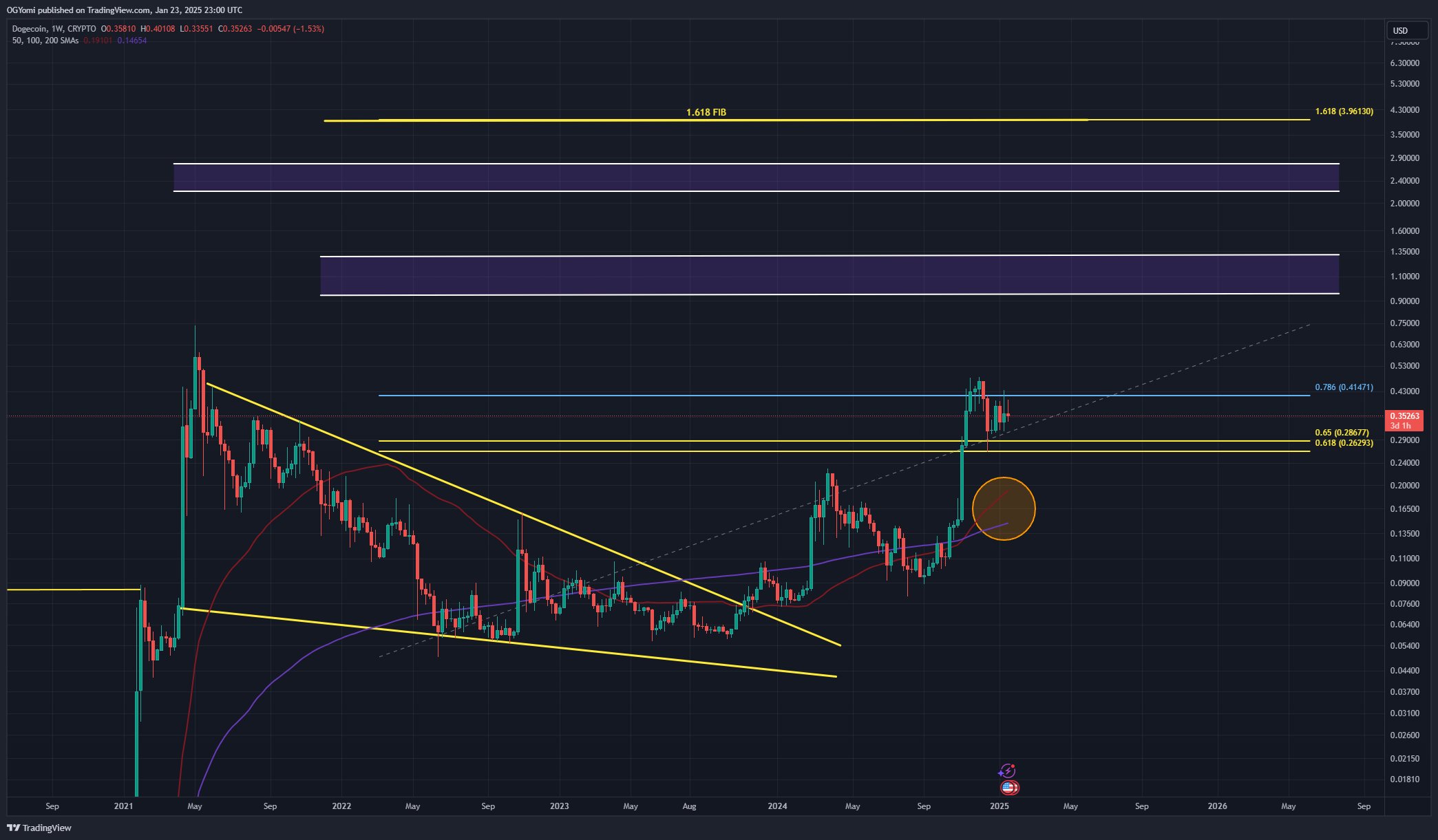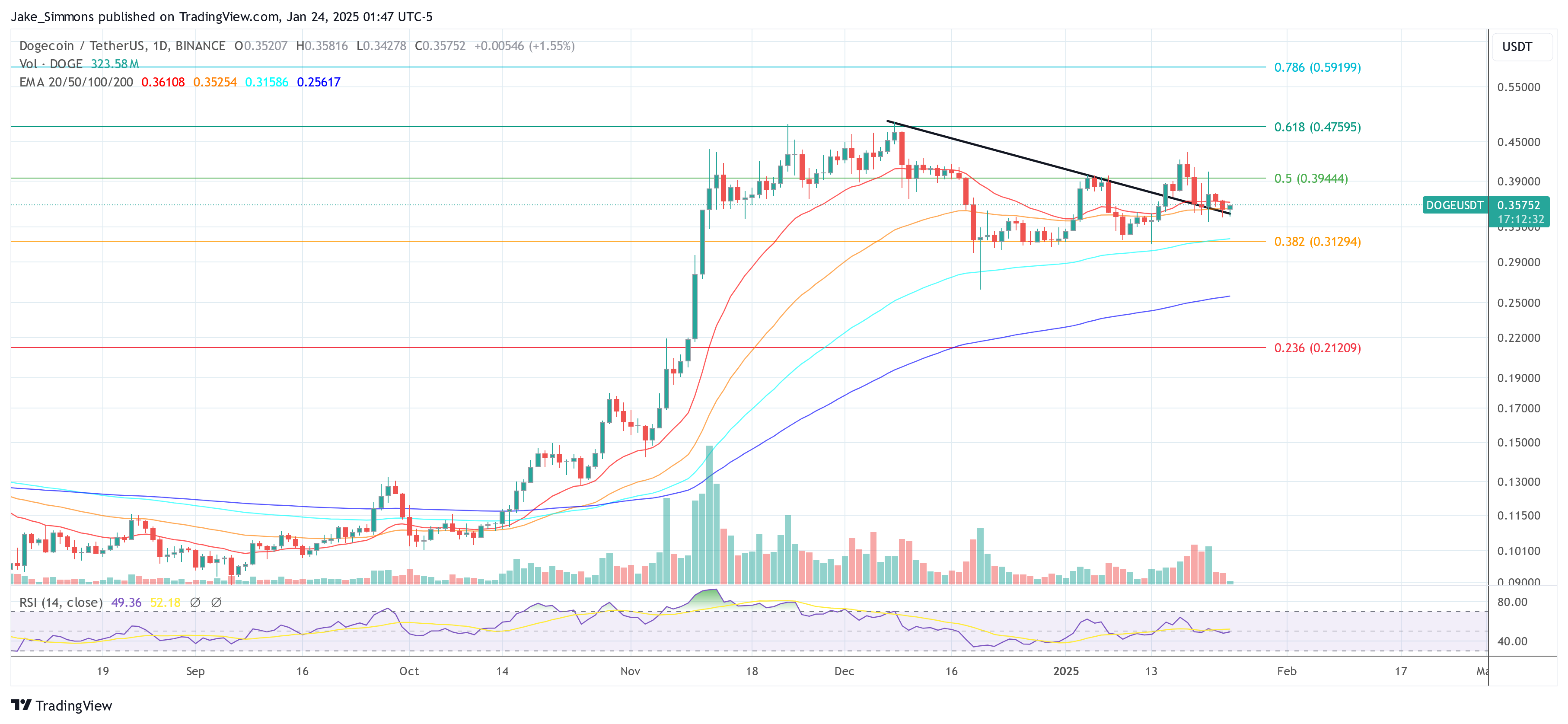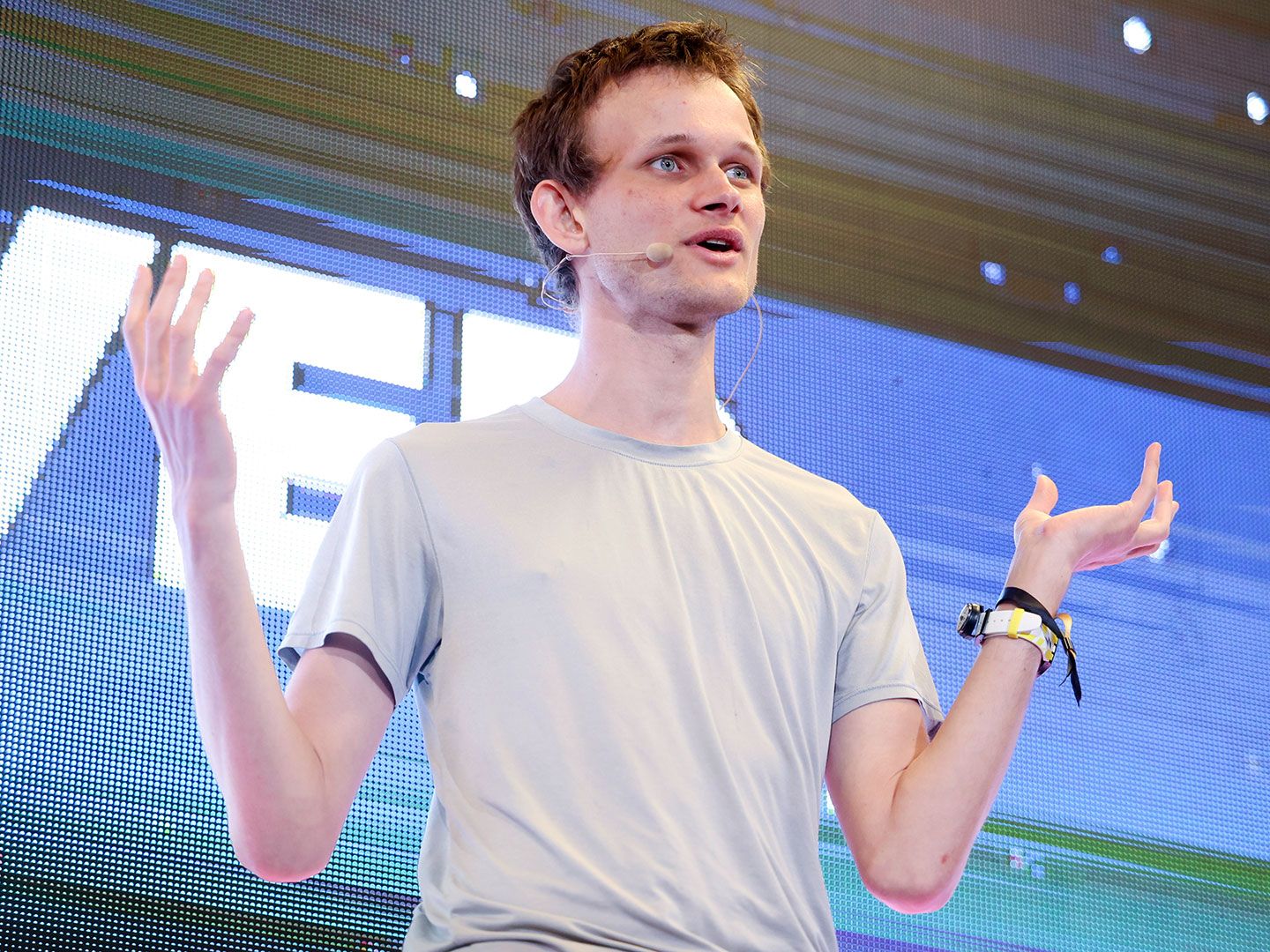This autumn’s dramatic courtroom battle might have been expected to settle the family drama once and for all.
Rupert Murdoch, 93, flanked by lawyers and his fifth wife, showed up in Reno, Nevada, in September to fight three of his children over control of his assets when he dies. It made for a television-worthy finale to decades of disputes and changing allegiances within the family.
Instead, this week’s ruling from a Nevada probate court has left the fate of the Murdoch empire more vexed and uncertain than ever. A probate commissioner flatly struck down Rupert’s attempt to amend an irrevocable family trust and consolidate power around his son Lachlan Murdoch. Rupert is expected to appeal against the decision.
The outcome has created a bitter stalemate between the warring factions of the Murdoch clan, said several people close to the situation.
The dispute centres around a trust established in 1998 stipulating that when Rupert Murdoch dies, control over the family’s assets will be split evenly among four of his children: Lachlan, James, Elisabeth and Prudence. The four siblings would decide what to do with the family’s global television, newspaper, book publishing, streaming and real estate empire, holdings that are combined worth nearly $40bn on the public stock market.
Despite a chilling in relations between James Murdoch and his father in recent years, he and his sisters had expected that upon Rupert’s death there would be a “reasonable discussion” about how to divide up the assets and who might run them, said people familiar with the matter.
However, Rupert’s move — which blindsided the other children — created a “lot of bad blood”, said a person close to James.
The situation has devolved into a “family feud”, the person said, adding that James “doesn’t have a plan”. Instead, the feeling is: “I don’t know what I want, but I don’t want the other one to take it,” the person said.
Rupert Murdoch moved to cement power for Lachlan in part because he feared his other children would shift the business from its core conservative image, said people familiar with the case. James in particular has been critical of Fox News in the US. But this was a “false narrative”, said one person familiar with the siblings’ thinking.
The person close to James shot down speculation that the more liberal-minded Murdoch son might try to take over Fox News and tilt its politics after his father dies.
“He doesn’t want to be the guy who presides over Fox News. He’s smart enough to know that if he repositions Fox News it’s as good as dead. Because the power of Fox News comes from the ideological position that it has.”
However, James would “want fair value for [Fox]”, the person added. Fox Corp is valued at more than $20bn on the stock market.
The other major asset at stake is News Corp, the owner of newspapers including Wall Street Journal and the Sunday Times and book publisher HarperCollins. The total Murdoch family fortune is worth more than $6bn. The trust controls about 40 per cent of the voting stakes in Fox and News Corp, and a 17 per cent economic interest in each of the companies.
The family chaos has left bankers and analysts speculating over whether Rupert Murdoch might opt to sell his assets before he dies, to avoid leaving them to his feuding children.
Rich Greenfield, analyst at LightShed, said: “We believe there is a near zero per cent chance that Rupert wants to leave planet earth with the future of the assets he spent his life building left in limbo.”
He predicted the situation will be resolved in one of two ways. The first would be for Lachlan to raise capital in order to buy out his three siblings, which would likely prove expensive because of the “control premium”.
If Lachlan is unable to strike a buyout deal, the other path is to auction off the assets. “Could Elon Musk buy Fox News for north of $20bn? Not such a crazy idea,” Greenfield said.
One person familiar with the court ruling said Rupert and Lachlan Murdoch “are not expected to give up”.
“Could they try to buy out the siblings? That’s been tried before. I think they are trying to work out how they achieve their goal by different means. It’s all still to play out.”
Greenfield said he expects Murdoch would want to sell his businesses after Donald Trump takes office for “easier regulatory approval” by a more business-friendly administration.
Claire Enders, media analyst at Enders Analysis, said there have been repeated attempts to buy James’ stake in the trust over the past six years, but no deal had ever been acceptable to both sides. But Rupert is “not a man who gives up”, she added.
Shareholders are worried the rifts in the family trust will lead to instability over future direction of the business. Activist investor Starboard Value argued earlier this year that the four Murdoch siblings “are reported to have widely differing world views, which, collectively, could be paralysing to the strategic direction of [News Corp]”.
The Murdoch children are still expected to extend an olive branch to their father despite the anger caused by his attempted coup, said people familiar with the matter.
“This has always been about protecting the rights as established under the trust. Now it is about restoring some harmony, or as much as possible,” said one person close to the group. “The three siblings want to put this behind them.”
Enders expected Elisabeth would lead efforts to reach a détente between the two sides: “She is believed to have taken the lead in previous disputes and crises requiring conciliation efforts between her father and his children.”
However, those close to the situation say that while families often use Christmas as a time to get together, the chances of the Murdochs gathering around the tree this year appear vanishingly small.
































You must be logged in to post a comment Login